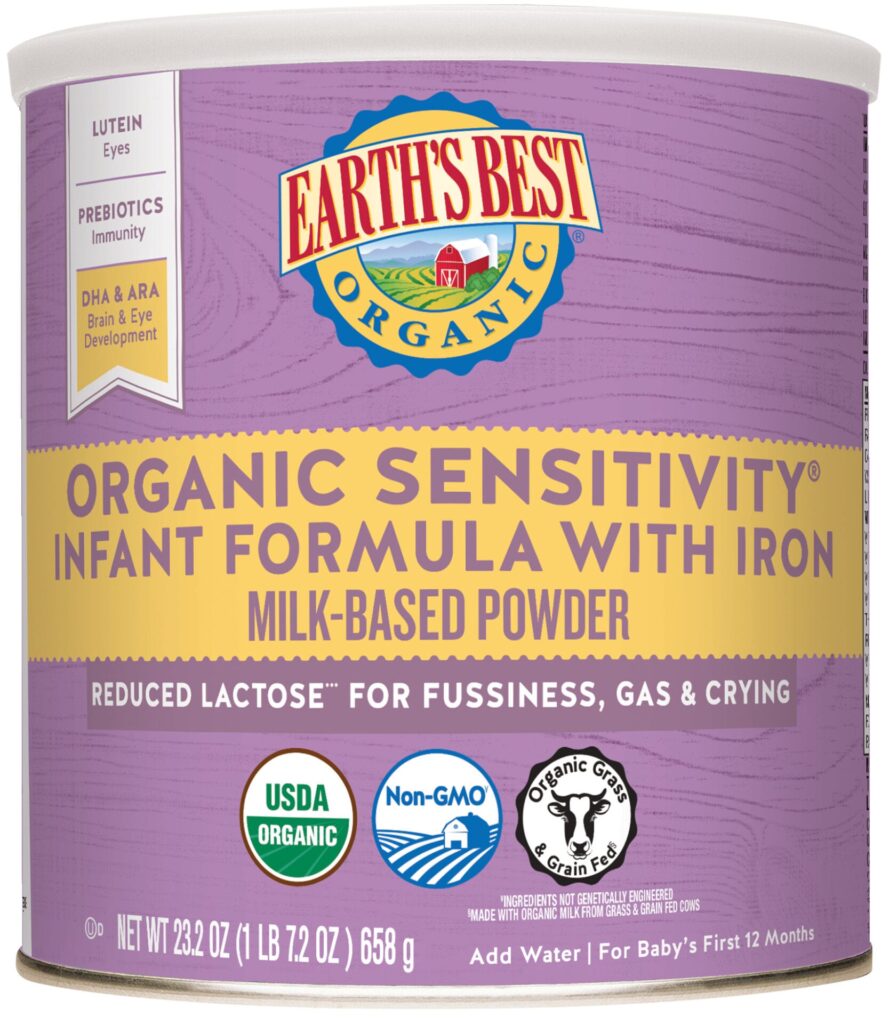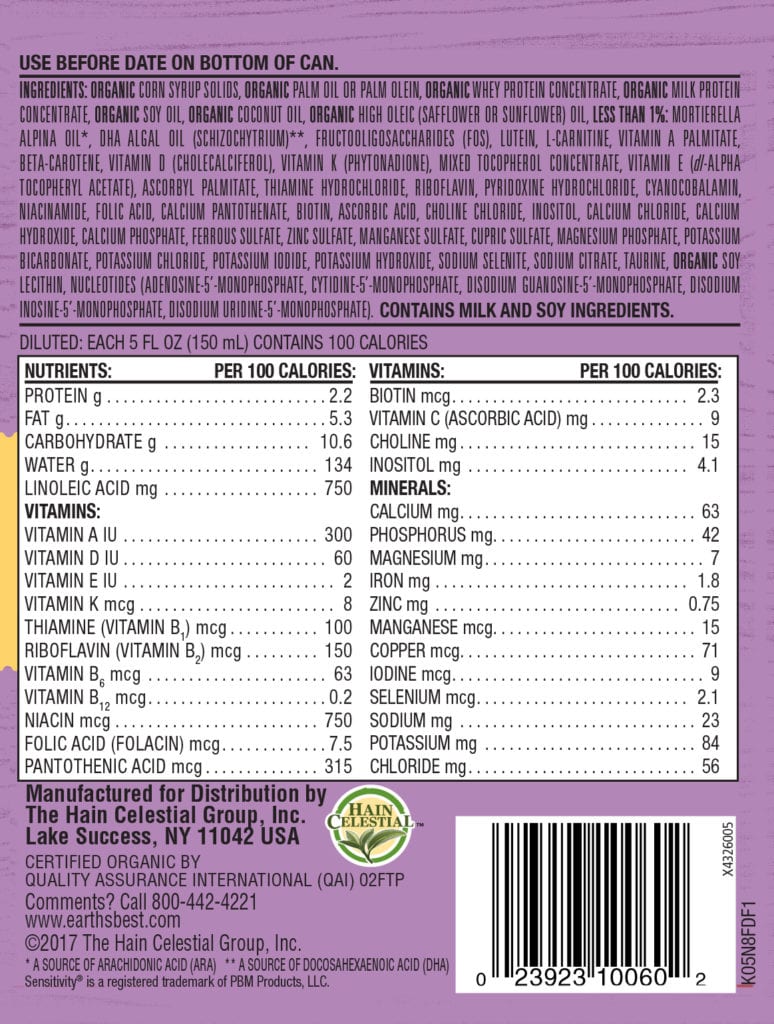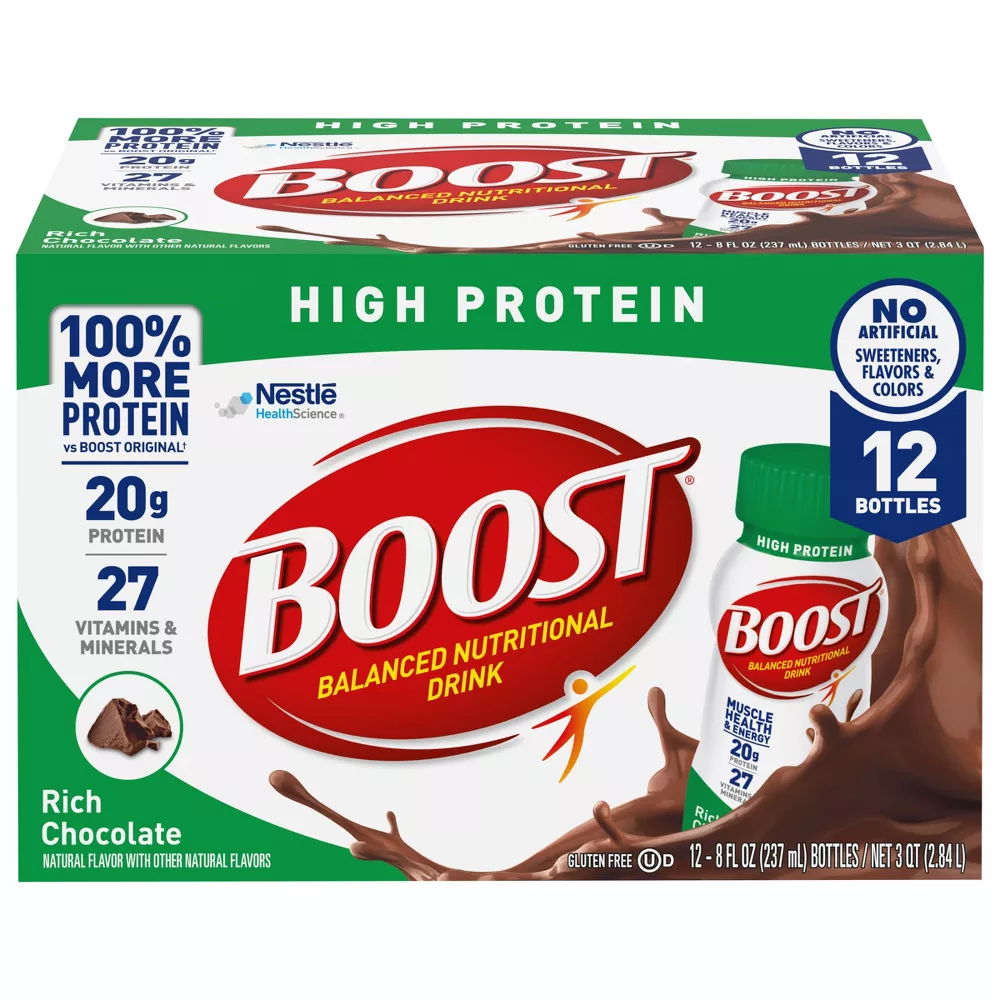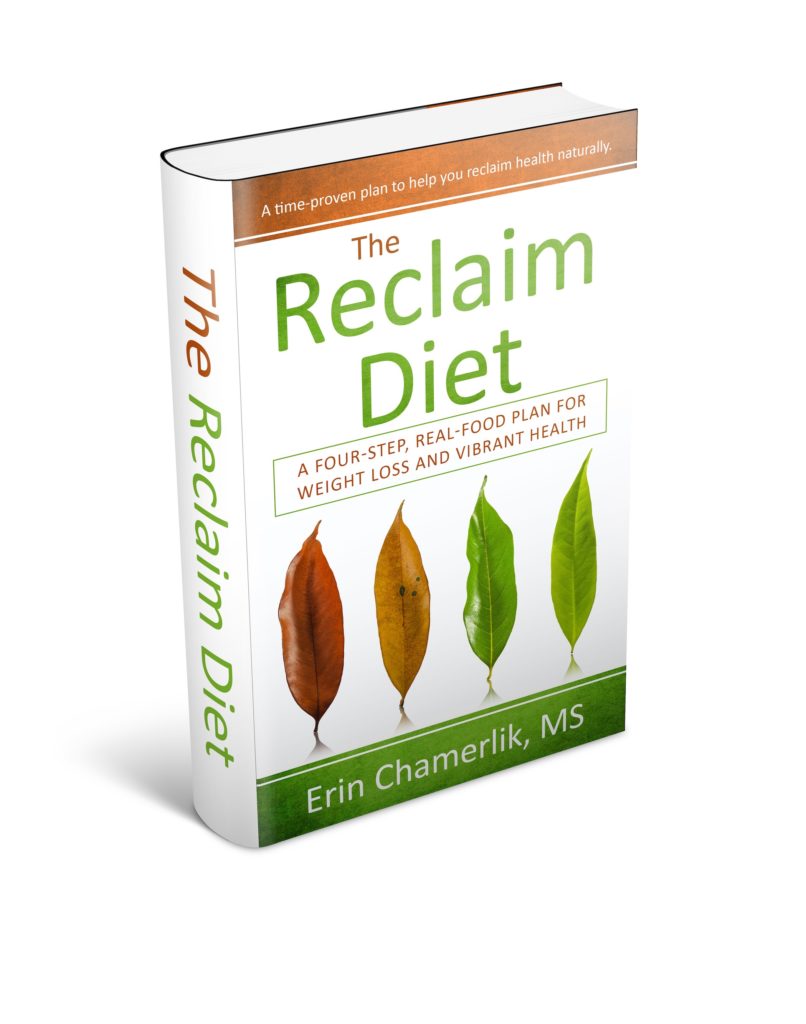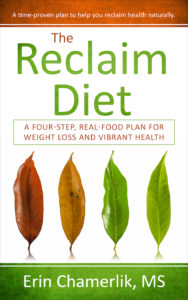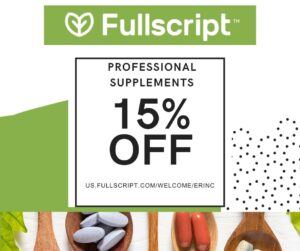
Glue in Your Greek Yogurt?
Greek Yogurt is a hot trend…
Brands like Fage, Chobani, Oikos, Yoplait and Safeway are competing for Greek Yogurt dollars. People are spending ridiculous amounts of money on Greek yogurt and sales have soared over the past few years.
As always, it is important to look at the ingredients used in the food we consume.
Yogurt is typically the result of culturing dairy but there are ways to cut corners and spike the ingredients to increase the profits. Many brands use Milk Protein Concentrate, Cornstarch and flavors.
What is Milk Protein Concentrate?
I have noticed that labels may use the phrase, “Ultrafiltered Skim Milk” or Milk Protein Concentrate. It is the same thing — a highly processed powder that is often imported from cheap sources overseas.
“Milk protein concentrate (MPC) powders are obtained from skim milk by membrane processing (ultrafiltration, UF, with optional diafiltration, DF), evaporation and drying, containing all the caseins and whey proteins in the same ratio as the original skim milk (Martin et al., 2010).”
The Journal of Dairy Science states, “Milk protein concentrate is essentially a dairy protein that is either liquid or spray dried. Most imported MPC is made from skim milk that is ultra filtered in order to separate the milk (casein and whey) protein from lactose. The filtration process results in a final form that contains varying levels of protein depending on end product use. The resulting retentate is then spray dried. Some MPC imports are actually blends of casein and nonfat dry milk.”
MCP is typically imported into the United States. China and Japan are leading exporters of MCP.
Until very recently, U.S. production of MPCs and casein has been nearly nonexistent.
Read my post on Halo Top Ice cream to see all of the harmful ingredients and trickery used.
Slipping a Fake-Milk Mickey into Your Food and Baby Formula
Milk Protein Concentrate is one of the major ingredients in infant formula.
You will find MPC in:
- Low Carb products
- Nutritional Shakes
- Infant Formula
- Yogurt
- Cheese on Pizza, sliced cheese, cheese and macaroni, Cheez Whiz
- Ice Cream
- Meal replacement products
- Weight loss shakes
- Nutritional product for patient feeding tubes
- Baked Goods and more.
MPC
The U.S. imports well over $250 million of Milk Protein Concentrate (MPC) from foreign countries to add to many processed foods.
It is not always know if the source of the protein is from cows, yaks or water buffalo and the country of origin is not stated on food packages.
Glucerna Chocolate with Milk Protein Concentrate
Milk Protein Concentrate, GMO Canola Oil, GMO Soy Protein Isolate, GMO Corn Maltodextrin, GMO Corn Oil and Corn Fiber
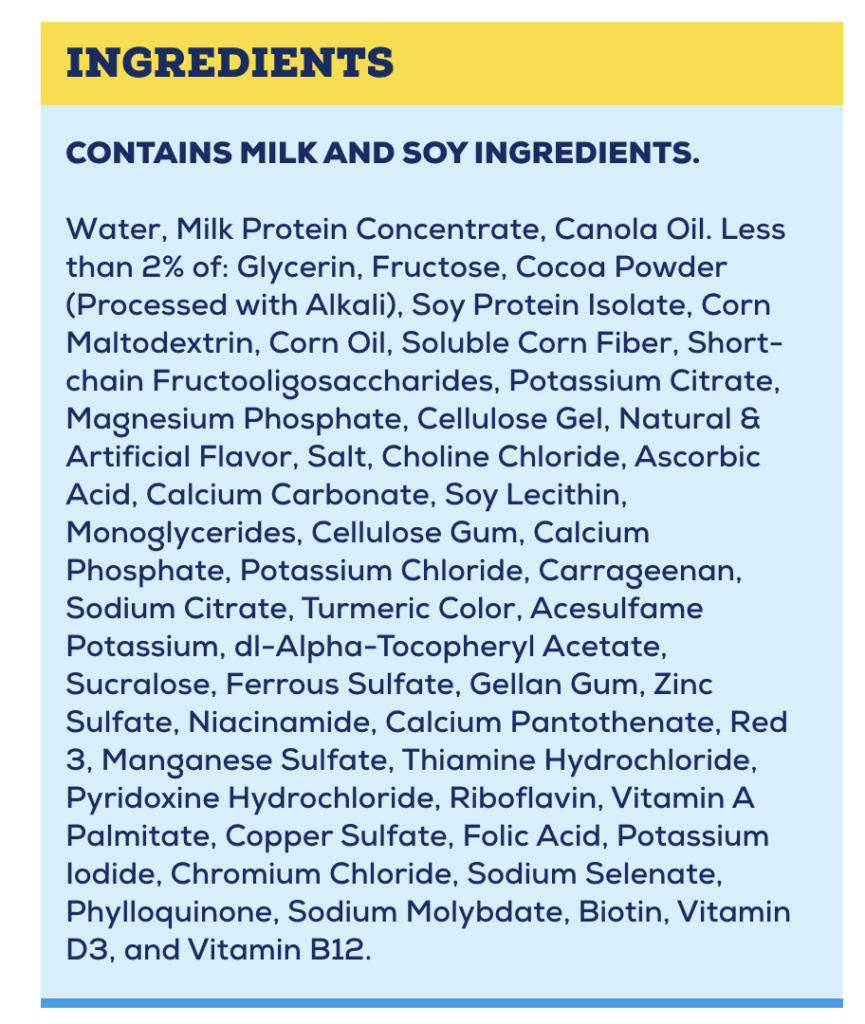
MPC was not originally a “food” but used as an industrial glue.
Some money hungry food manufacturers began to slip a fake-milk Mickey into all types of foods you eat everyday. MPC allows food manufacturers to increase the protein listed on the ingredients label in a cheaper way.
Just because a food label lists high protein grams, does not mean your body is utilizing it the same way it utilizes real animal protein.
MPCs are being used in increasing amounts and American Dairy Farmers are on the losing end of this trend.
Milk is separated into cream and skim milk.
Skim milk is broken down into various fractions. The milk sugar lactose is drained out and the large molecules are kept.
The large molecules include milk protein, bacteria, and somatic cells (the cells that come from organs, skin, bones, blood, and connective tissue).
The portion containing the large molecules is heated and a spraying technique turns the liquid into a powder.
Boost High Protein with Milk Protein Concentrate, GMO Sugar, Canola, Soy Protein
Ingredients:
Ingredients: Water, Glucose Syrup, Milk Protein Concentrate, Sugar, Canola Oil, Soy Protein Isolate, Calcium Caseinate, Sodium Caseinate, Cocoa Processed With Alkali, Cellulose Gel And Gum, Salt, Natural Flavor, Carrageenan, Stevia, Potassium Citrate, Magnesium Chloride, Calcium Phosphate, Sodium Ascorbate, Magnesium Phosphate, Choline Bitartrate, Dl-Alpha Tocopheryl Acetate, Potassium Chloride, Ferric Pyrophosphate, Zinc Sulfate, Niacinamide, Manganese Sulfate, Calcium Pantothenate, Pyridoxine Hydrochloride, Copper Sulfate, Riboflavin, Thiamine Hydrochloride, Vitamin A Palmitate, Folic Acid, Potassium Iodide, Sodium Selenate, Vitamin K1, Chromium Chloride, Biotin, Vitamin D3, Sodium Molybdate, Vitamin B12
Yak in Your Shake?
MPCs are unregulated and imported from foreign countries.
American companies only started producing MPC within the last 10 years. The majority of MPC is imported from countries with questionable safety records including China, India, Poland, Russia, and the Ukraine.
The milk source is unknown and when it is coming from other countries, may include sheep milk, goat milk, yak milk and water buffalo milk. My concern is not with milk coming from unusual animals, but the fact that the origin is unknown, and the country is unknown. It is disturbing. How are these animals raised?
There is a concern that MPCs may be adulterated with melamine (remember the melamine adulteration of infant formula that killed children?). Melamine is used to make dishes and China used it in 2008 to elevate the protein content of watered down milk, until this practice killed six babies and sickened another 300,000.

What To Do to Avoid Milk Protein Concentrate
Check ingredients labels in all packaged food for “milk protein concentrate” or “ultrafiltered skim milk” and don’t buy the product. Let manufacturers know that you won’t buy their product as long as it contains MPC.
Better grocery store Greek yogurt options are going to be organic (no rbST, no antibiotics and dairy cows fed organic feed) and full fat when possible.
Most of the better Greek yogurt is not organic and the full fat version either doesn’t exist or is hard to find. Ingredients are always changing. Products are reformulated. Always read the ingredients on the products.
Choose plain over flavored as the flavored varieties may contain additives like sugar, corn starch, natural flavors and xanthan gum.
Eating real food shouldn’t be this hard, should it?
Let food manufacturers know that you won’t eat foods with MPC in them and vote with your wallet, choose better products!
Start with my book, The Reclaim Diet. Learn how to nourish yourself with real food.
Recommended
-
Dandelion for Liver Support and Health BenefitsJuly 20th, 2024
-
Modified Citrus PectinJuly 11th, 2024
-
Bentonite Clay Mask for Face and ArmpitsJuly 8th, 2024
-
Two Supplements for Erectile DysfunctionJune 30th, 2024


